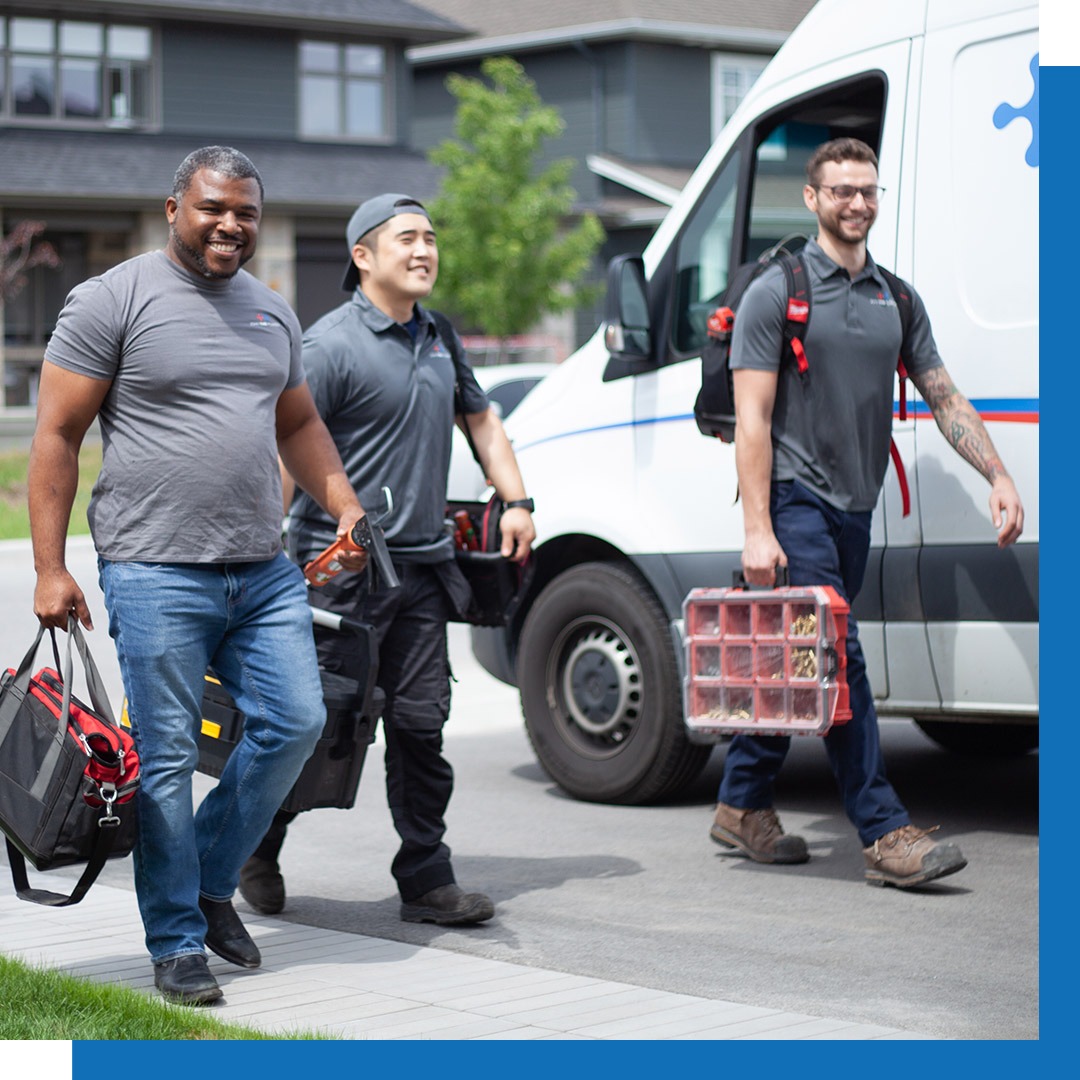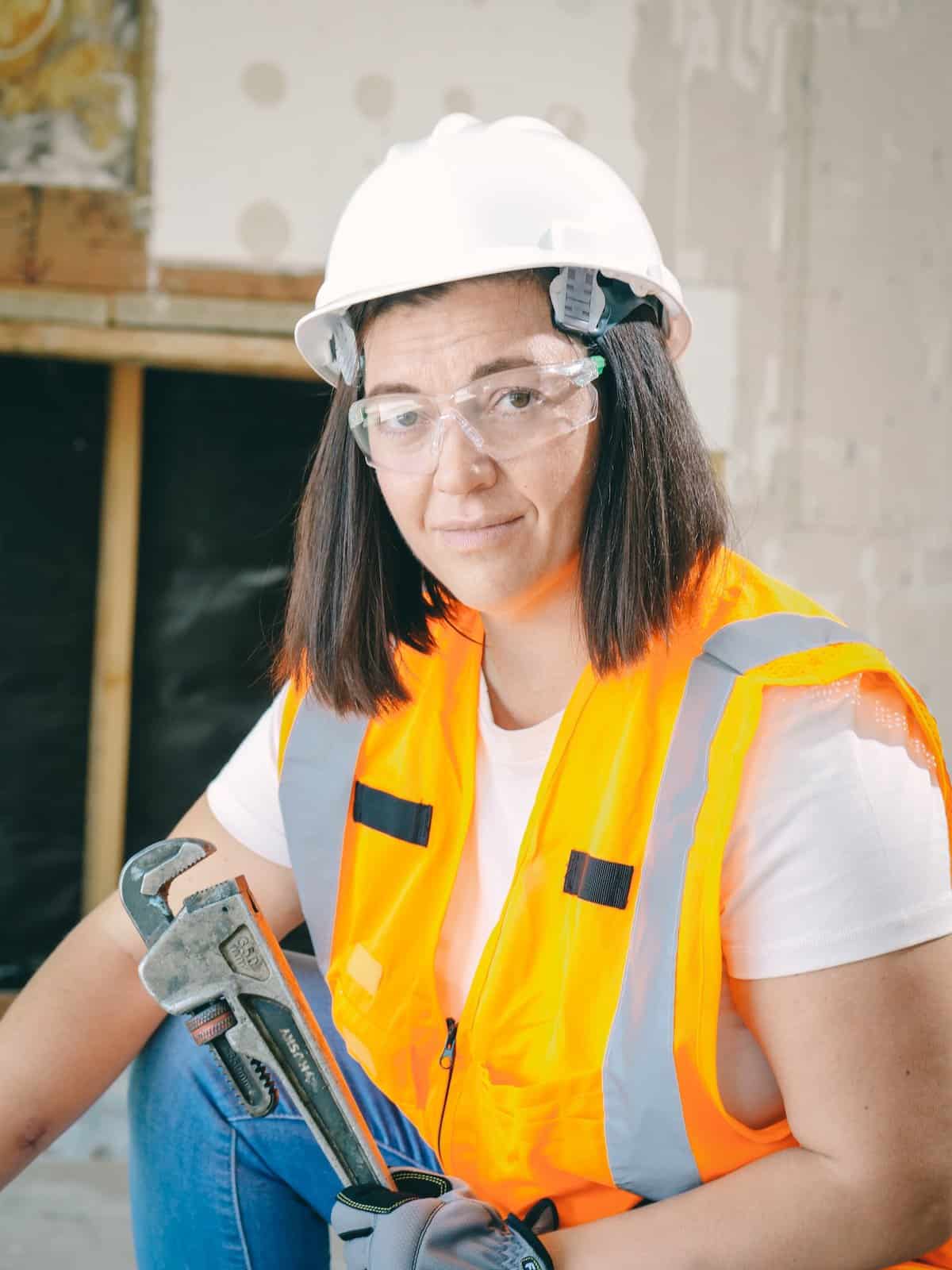A Detailed Overview to Effective Hot Water Heater Installation for Optimum Efficiency
Getting started on the task of setting up a water heating system is a venture that demands accuracy and a systematic method for attaining optimal performance. As you proceed, the details of connecting water supply lines and setting up trustworthy electrical or gas connections await, appealing understandings into guaranteeing effectiveness and integrity.
Picking the Right Water Heater

Next, take into consideration the dimension and capacity of the water heating unit. It's crucial to analyze your household's hot water requirements, which can differ based upon the variety of owners and their use patterns. A device that's too small may result in inadequate warm water, while a large design could cause unneeded power intake.
Performance rankings additionally play a pivotal role in selection. Search for water heating units with high Energy Element (EF) scores, suggesting exceptional performance and decreased energy usage. Tankless models, though usually much more costly in advance, offer substantial energy savings over time as a result of their on-demand home heating abilities.
Preparing the Setup Area
Before setting up a new water heating unit, meticulous prep work of the installation location is vital. It's crucial to determine the room thoroughly to suit the water heating unit's measurements, ensuring appropriate clearance around the unit for effective procedure and servicing.
Following, get rid of any debris, dust, or blockages from the website to develop a clean environment. Inspect the flooring for security, as the hot water heater will certainly need a solid, level surface area to run properly. If necessary, install a drip pan below the system to capture prospective leakages or spills, protecting against water damages to the surrounding location. In areas prone to seismic activity, consider installing seismic straps to secure the heater securely in position.
Furthermore, make sure that all needed tools and materials are on hand prior to starting the setup. This includes items such as wrenches, screwdrivers, a degree, and any kind of extra hardware required for placing and safeguarding the heating unit. A well-prepared installment location sets the structure for an effective water heating unit setup, maximizing efficiency and safety.
Connecting Water Supply Lines
When attaching water system lines to your recently installed water heating system, it is essential to make sure that all connections are secure and leak-free to preserve efficient procedure and stop water damage. Begin by recognizing the warm and cold water lines. The chilly water inlet is generally noted with a blue label or a "C", while the warm water electrical outlet is marked with a red tag or an "H".
Use adaptable hot water heater connectors to facilitate a less complicated setup procedure. These adapters can absorb resonance and enable minor movement, lowering the risk of leakages. Before affixing the connectors, position see page a plumbing technician's tape around the threaded ends of the water heater's inlet and electrical outlet pipelines - Plumbing Alabaster AL. This tape works as a sealant, stopping leakages. Thoroughly link the adaptable hose pipes to the particular inlet and outlet, guaranteeing that they are not over-tightened however limited, which could damage the strings.
As soon as links remain in place, slowly activate the primary water system shutoff. Check each link for leakages by aesthetically checking and feeling for moisture. Tighten connections as necessary, and ensure the pressure relief valve is correctly installed, safeguarding against too much stress accumulation.
Establishing Up Electric or Gas Links
Correctly establishing up the electric or gas connections for your water heating system is an essential action to make sure safe and efficient operation. For electric water click reference heating systems, begin by confirming that the electrical circuit is suitable with the heating unit's voltage and amperage requirements.
For gas water heating units, safety and security is paramount. Link the gas line to the water heating system using a versatile gas adapter, guaranteeing it is correctly threaded and sealed with pipeline joint substance or Teflon tape suitable for gas connections.
When links are made, evaluate for any prospective leakages. For gas lines, use a soapy water solution to the joints; bubbles indicate a leak. For electric links, double-check that all wiring is safe and effectively shielded, maintaining compliance with regional electrical codes.
Readjusting and testing for Efficiency
With the electrical and gas connections securely in area, the following action is examining the functional effectiveness of your water heater. Begin by thoroughly transforming on the water supply and making sure there are no leaks at any of the shutoffs or joints.
Following, carry out a complete assessment to guarantee the burner or gas heaters are functioning correctly. For electrical heating units, utilize a multimeter to validate if the aspects are drawing the ideal present. In gas models, observe the heater flame; it needs to be stable and blue, showing effective combustion.
Readjust the settings as essential to get rid of ineffectiveness. Take into consideration carrying out insulation measures, such as including a hot water heater covering, to even more boost performance by decreasing heat loss. In addition, check the anode pole's condition, as a tatty rod can reduce effectiveness and lead to storage tank corrosion.
Final Thought
Efficient hot water heater installment is important for ensuring ideal efficiency and power savings. By picking the appropriate type and dimension, and meticulously preparing the setup location, a structure for success is established. Safely attaching water supply lines and thoroughly establishing electric or gas connections reduce possible concerns. Comprehensive testing for leakages and specific thermostat adjustments to 120 ° F improve reliability and efficiency. Sticking to these steps promotes long-lasting performance and energy preservation in domestic water furnace.

Correctly setting up the electric or gas connections for your water heater is a crucial step to make sure risk-free and efficient operation. For electric why not try this out water heating systems, begin by confirming that the electric circuit is suitable with the heating system's voltage and amperage needs. Attach the gas line to the water heating system using a flexible gas adapter, guaranteeing it is appropriately threaded and secured with pipeline joint compound or Teflon tape appropriate for gas links.